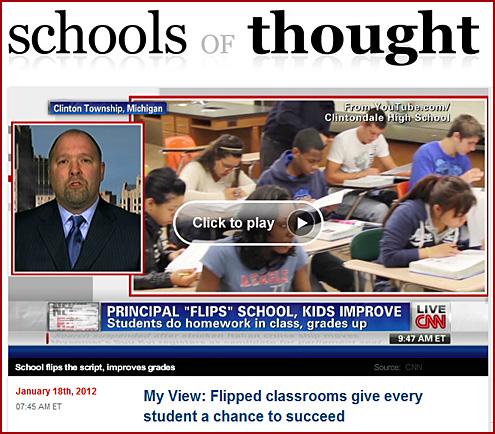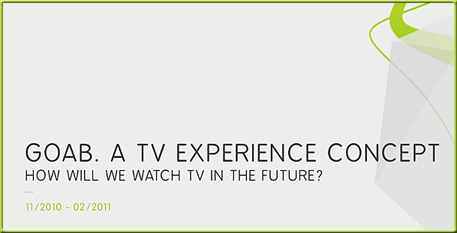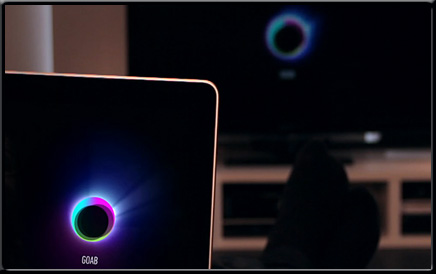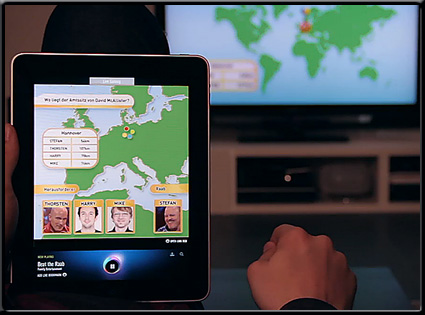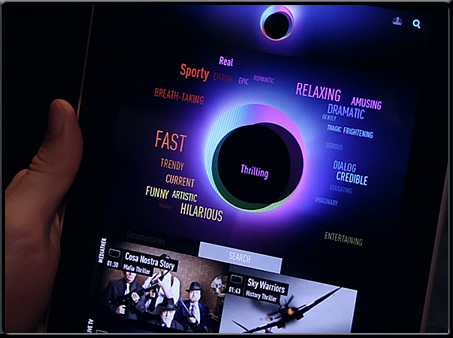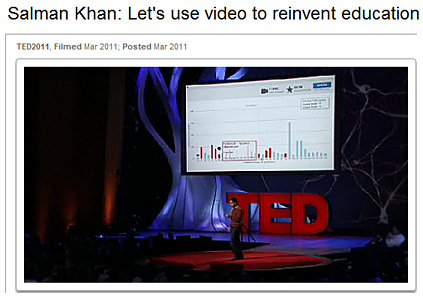Flipped learning: A response to five common criticisms — from November Learning News – April 2012 by Alan November and Brian Mull
Make thinking visible with the flipped classroom model — webinar by Alan November – 2/21/12
The flipped classroom — from blended-classrooms.wikispaces.com/The+Flipped+Classroom
Infographic from Teachers love the flipped classroom
.
…as well as the items I’ve already curated on the flipped classroom/inverted learning
.
Addendum on 7/9/12:
- Flipped Learning: Going Beyond the Obvious — from The Thinking Stick by Jeff Utecht
Addendum on 8/28/12:
- Facilitating Flipped Classrooms for Primary, Secondary and College Classrooms — from blogs.adobe.com
- 4 Lessons from the First Semester of the Flipped Classroom — from edcetera by Jennifer Funk










